Nucleotide excision repair
Overview
Nucleotide excision repair (NER) is a DNA repair mechanism that is essential for maintaining the integrity of the genome. It is a highly conserved process that is found in all domains of life, from bacteria to humansDNA Repair. NER is responsible for the removal of a wide range of DNA lesions, including those caused by ultraviolet (UV) light, chemical mutagens, and certain types of chemotherapy drugs. The importance of NER is underscored by the fact that defects in this pathway can lead to several human diseases, including xeroderma pigmentosum (XP), Cockayne syndrome (CS), and trichothiodystrophy (TTD)Xeroderma PigmentosumCockayne SyndromeTrichothiodystrophy.
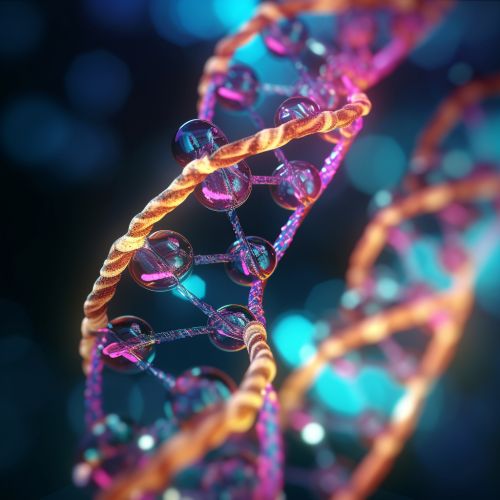

Mechanism of Nucleotide Excision Repair
The NER process involves several steps, each of which is carried out by a specific set of proteins. These steps include damage recognition, helix unwinding, damage excision, repair synthesis, and ligation. The process can be broadly divided into two sub-pathways: global genome NER (GG-NER) and transcription-coupled NER (TC-NER)DNA Repair Proteins.
Damage Recognition
The first step in NER is the recognition of DNA damage. In GG-NER, the XPC-RAD23B-CETN2 complex is responsible for detecting a wide range of helix-distorting lesions. In TC-NER, the damage is recognized by the stalling of RNA polymerase II at the lesion siteXPC ProteinRNA Polymerase II.
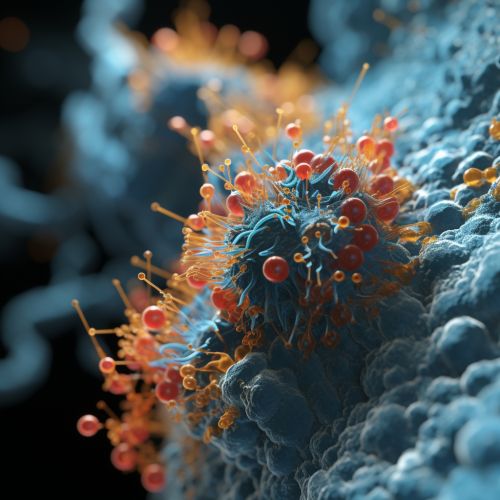
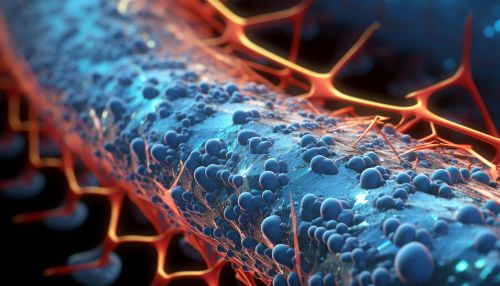
Helix Unwinding
Once the damage is recognized, the DNA helix around the lesion is unwound by the TFIIH complex, which contains the XPB and XPD helicasesTFIIH.
Damage Excision
The unwinding of the DNA helix allows the XPG and XPF-ERCC1 endonucleases to incise the damaged DNA strand on either side of the lesion, resulting in the excision of a single-stranded DNA fragment containing the lesionXPGXPF-ERCC1.


Repair Synthesis
Following the excision of the damaged DNA, the resulting gap is filled in by DNA polymerase δ or ε, using the undamaged strand as a templateDNA Polymerase δDNA Polymerase ε.
Ligation
The final step in NER is the sealing of the nick left by the repair synthesis. This is carried out by DNA ligase I or III, which forms a phosphodiester bond between the 3' hydroxyl end of the newly synthesized DNA and the 5' phosphate end of the adjacent undamaged DNADNA Ligase IDNA Ligase III.
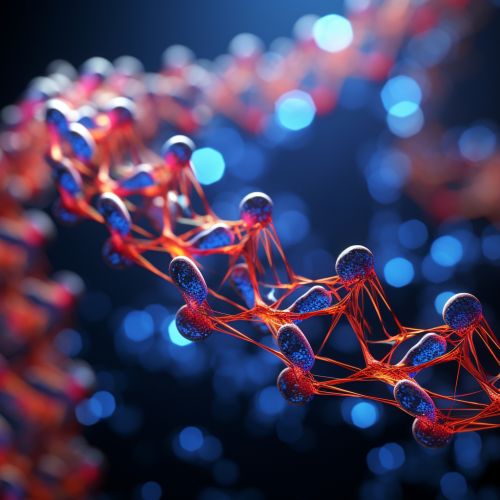
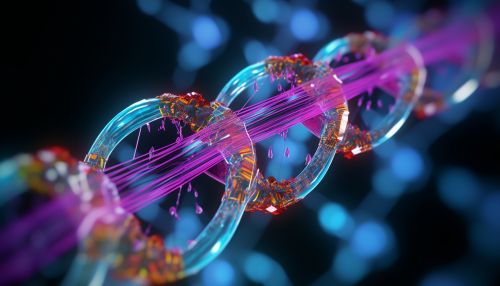
Diseases Associated with Nucleotide Excision Repair Defects
Defects in NER can lead to several human diseases, including XP, CS, and TTD. These diseases are characterized by a high sensitivity to UV light and a predisposition to skin cancer. In addition, patients with CS and TTD often exhibit neurological abnormalities and developmental defects.
Xeroderma Pigmentosum
XP is a rare genetic disorder characterized by extreme sensitivity to sunlight, resulting in a high risk of skin cancer. It is caused by mutations in any of the eight genes involved in NER (XPA through XPG and XPV)Xeroderma Pigmentosum.
Cockayne Syndrome
CS is a rare genetic disorder characterized by growth failure, neurological abnormalities, and premature aging. It is caused by mutations in the CSA or CSB genes, which are involved in TC-NERCockayne Syndrome.
Trichothiodystrophy
TTD is a rare genetic disorder characterized by brittle hair and nails, intellectual disability, and physical abnormalities. It is caused by mutations in the XPB, XPD, or TTDA genes, which are part of the TFIIH complex involved in NERTrichothiodystrophy.

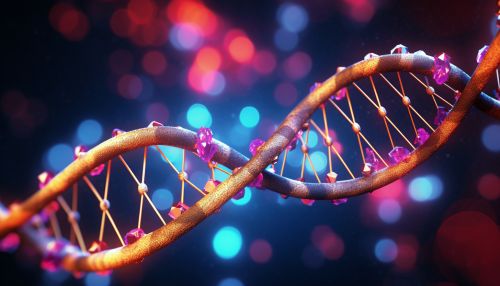
Conclusion
Nucleotide excision repair is a crucial DNA repair mechanism that maintains the integrity of the genome. Understanding the intricacies of this process can provide insights into the molecular basis of several human diseases and may lead to the development of novel therapeutic strategies.
See Also
References
- ↑ 1. Scharer, O. D. (2013). Nucleotide excision repair in eukaryotes. Cold Spring Harbor perspectives in biology, 5(10), a012609. https://doi.org/10.1101/cshperspect.a012609
- ↑ 2. Marteijn, J. A., Lans, H., Vermeulen, W., & Hoeijmakers, J. H. (2014). Understanding nucleotide excision repair and its roles in cancer and ageing. Nature reviews. Molecular cell biology, 15(7), 465–481. https://doi.org/10.1038/nrm3822
- ↑ 3. Spivak, G. (2015). Nucleotide excision repair in humans. DNA repair, 36, 13–18. https://doi.org/10.1016/j.dnarep.2015.09.003
